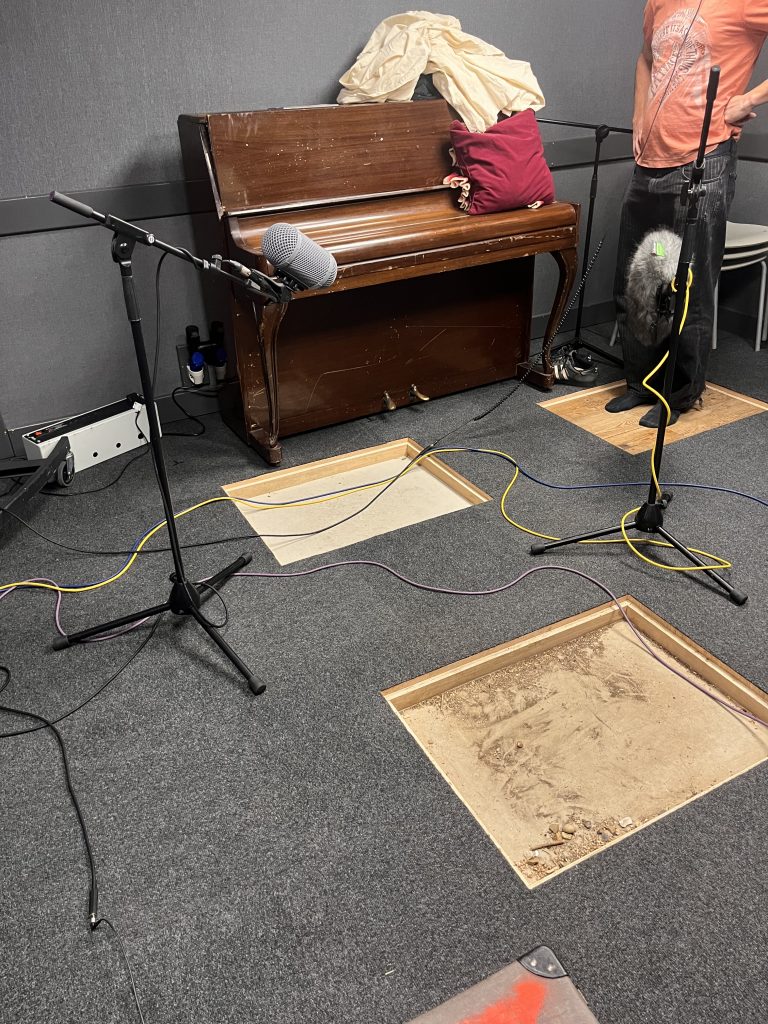We Need to Talk About Kevin
During the Foley session, we worked on designing Foley for clips from this film. During the process, I realized that for different types of clothing in the footage, it is important to consider whether the sounds they produce should be so pronounced, as well as the importance of organizing and renaming tracks properly in Pro Tools. This made me deeply appreciate that Foley is not simply about reproducing sounds, but is a secondary interpretation of the visuals and emotions. Even small sounds, like the friction of fabric or the slight creak of a floorboard, can subtly influence the audience’s perception.
At the same time, I realized that controlling the rhythm and intensity in Foley production is particularly critical. For example, in clips where the protagonist walks or interacts with furniture, I needed to carefully match the timing of the sounds with the actions, and adjust the volume and texture to make the movements feel more realistic and carry psychological weight. Through this practice, I gained a better understanding of Foley’s role in storytelling—not only enhancing realism but also guiding the audience’s emotional experience.
Furthermore, effective project management and track organization are crucial for efficient post-production. If sound elements are poorly labeled or categorized, locating and aligning them during mixing can take excessive time and risk disrupting the intended mood or atmosphere. During this exercise, I learned how to properly plan track groups and label materials, which not only improved workflow efficiency but also allowed me to focus more on the expressive quality of the sounds themselves.



Leave a Reply